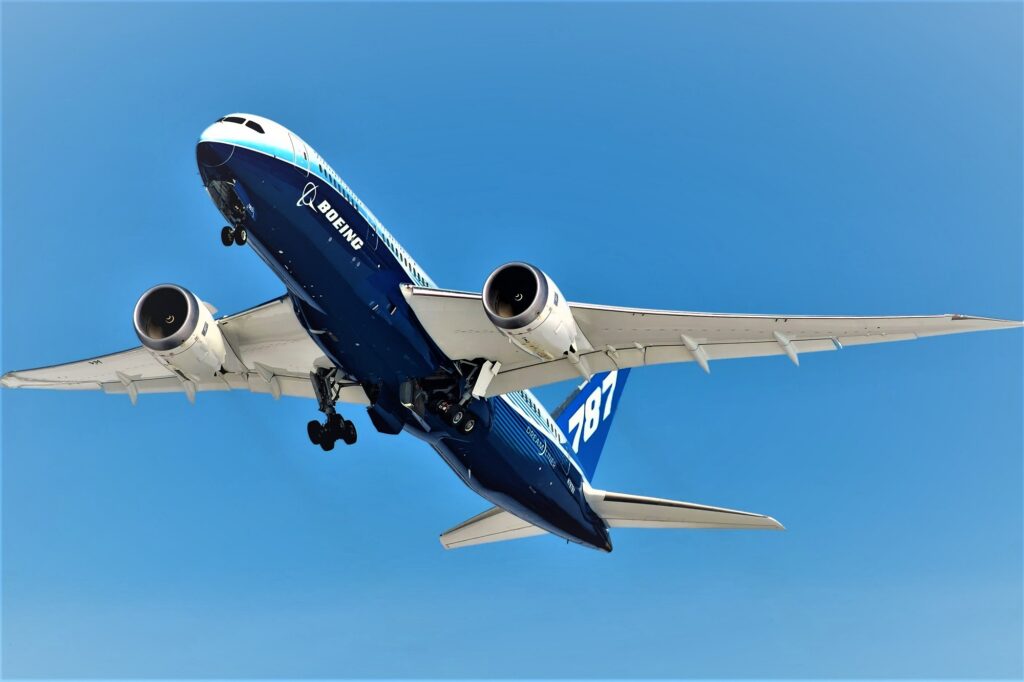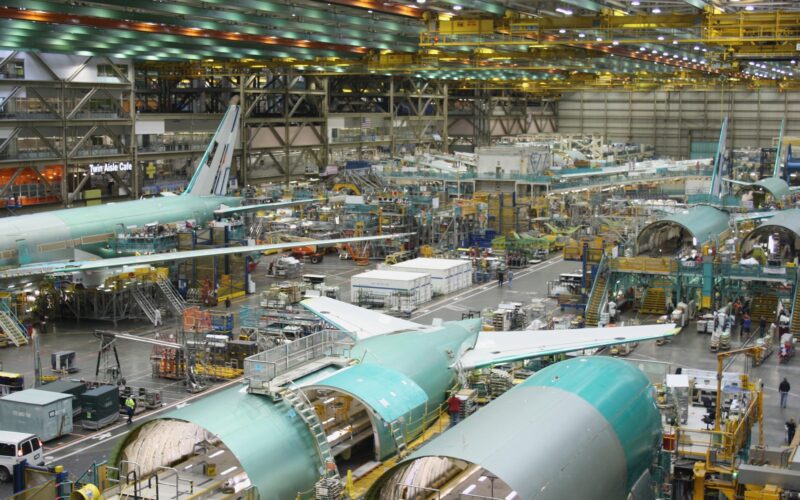The troubled situation at Boeing has taken another turn for the worse, as serious concerns by a whistleblower regarding the production of the 787 Dreamliner and 777 have been made public.
The Boeing engineer, Sam Salehpour, alleges that processes were carried out during the production of 777 and 787 Dreamliner jets which put the longevity and safety of both aircraft types at risk.
Salehpour wrote to the Federal Aviation Administration (FAA) on January 19, 2024, just two weeks after an Alaska Airlines Boeing 737 MAX 8 suffered a door plug blowout shortly after takeoff, setting out his profound misgivings.
The FAA has confirmed that it is investigating Salehpour’s allegations and stated that it “thoroughly investigates all safety reports”.
Boeing 787 Dreamliner production
Details of Salehpour’s misgivings were first reported by the New York Times upon interviewing the engineer. He claimed that problems arose during production of the Dreamliner after changes were made to how large sections of the fuselage were fitted together.
The issue centers on tiny gaps located at the joins of the 787 fuselage sections, which arrived at Boeing from different manufacturers.
These gaps were discovered by Boeing in 2020, leading to deliveries of the Dreamliner being delayed for almost two years.
A solution to the problem was then found by the aircraft manufacturer and the FAA approved resumed deliveries of the 787.
However, on April 9, 2024, the Seattle Times reported Salehpour as saying that, from 2012, excessive force had been used to push fuselage sections together before gaps were measured, so as “to make it appear like the gaps didn’t exist”.

Salehpour said the practice continued even after Dreamliner deliveries were put on hold in 2020.
“I repeatedly produced reports for my supervisors and management based on Boeing’s own data demonstrating that the gaps in the 787 were not being properly measured,” Salehpour said.
Due to the mismeasurements, shims – pieces of material used to fill small gaps – were not always inserted.
On April 9, 2024, Salehpour said that this could “cause a catastrophic failure” due to excessive wear from the gaps not being filled.
Salehpour also claimed that, in efforts to speed up 787 production, he witnessed “excessive stress on major airplane joints, and embedded drilling debris between key joints on more than 1,000 planes”.
In a statement, Boeing said Salehpour’s allegations “are inaccurate and do not represent the comprehensive work Boeing has done to ensure the quality and long-term safety of the aircraft”.
In addition, a spokesperson for Boeing told the New York Times that testing of the Dreamliner had “determined that this is not an immediate safety of flight issue”.
“Our engineers are completing complex analysis to determine if there may be a long-term fatigue concern for the fleet in any area of the airplane. This would not become an issue for the in-service fleet for many years to come, if ever, and we are not rushing the team so that we can ensure that analysis is comprehensive,” the spokesperson said.
Salehpour claimed that he had raised his concerns at Boeing but had been “ignored and ultimately transferred out of the 787 program to the 777 program”.
Boeing 777 production
While working for Boeing on the 777, Salehpour allegedly saw more concerning issues with production, with sheer force being adopted to fix alignment problems.
“I viewed severe misalignments when the plane came together, which was remedied by using [an] unmeasured and unlimited amount of force to fit the misaligned holes and parts together. I literally saw people jumping on the pieces of the airplane to get them to align,” Salehpour said.
While Boeing has responded to accusations regarding 787 Dreamliner production, it has made no comment so far on the 777 issues the engineer claims to have seen.
Salehpour has suggested that the problems involved over 400 777 and 1,000 787 aircraft.
As well as raising his concerns, the engineer said that he was barred from speaking about issues at Boeing and was even threatened with violence.
“Retaliation is strictly prohibited at Boeing,” the manufacturer responded.
FAA interview whistleblower
Salehpour was interviewed about his claims regarding the 787 production on April 5, 2024.
When the New York Times asked the FAA Head Mike Whittaker about Salehpour’s claims, he restated his feelings towards Boeing after leading the response to the Alaska Airlines door plug blowout
“This won’t be back to business as usual for Boeing. They must commit to real and profound improvements. Making foundational change will require a sustained effort from Boeing’s leadership, and we are going to hold them accountable every step of the way,” Whitaker said in a statement.
Senate subcommittee hearing
Following reports of the whistleblower’s account, the chairman of the US Senate Permanent Subcommittee on Investigations, Richard Blumenthal, announced that the allegations would be investigated.
Salehpour is set to appear at a hearing next week to testify. Testimony from Boeing’s CEO David Calhoun has also been requested.
“The Senate Permanent Subcommittee on Investigations has recently obtained information from a whistleblower at the Boeing Company alleging alarming and dangerous manufacturing deficiencies that ‘are creating potentially catastrophic safety risks.’ We write to request Boeing’s immediate cooperation with the Subcommittee’s review of these troubling allegations and Boeing’s culture of safety in light of recent incidents,” Blumenthal and Ranking Member Ron Johnson wrote in a letter to Calhoun.
Blumenthal and Johnson sent a separate letter to the FAA requesting information regarding the whistleblower’s disclosures and Boeing aircraft safety.


1 comment
If the allegation are correct as alleged then Boeing should be taking the right steps to throughly investigate and correct, if possible the identified defects which ultimately may cost the company a small fortune! If even one life is lost it could result in Boeing going out of business which would be catastrophic the passenger airline manufacturing in the USA. This brings up the need to have a thorough background investigation on Salehpour to ensure there is no evidence of wrongdoing or complicity with other countries or airline manufacturers. There is too much at stake to not investigate every possible avenue in this matter!